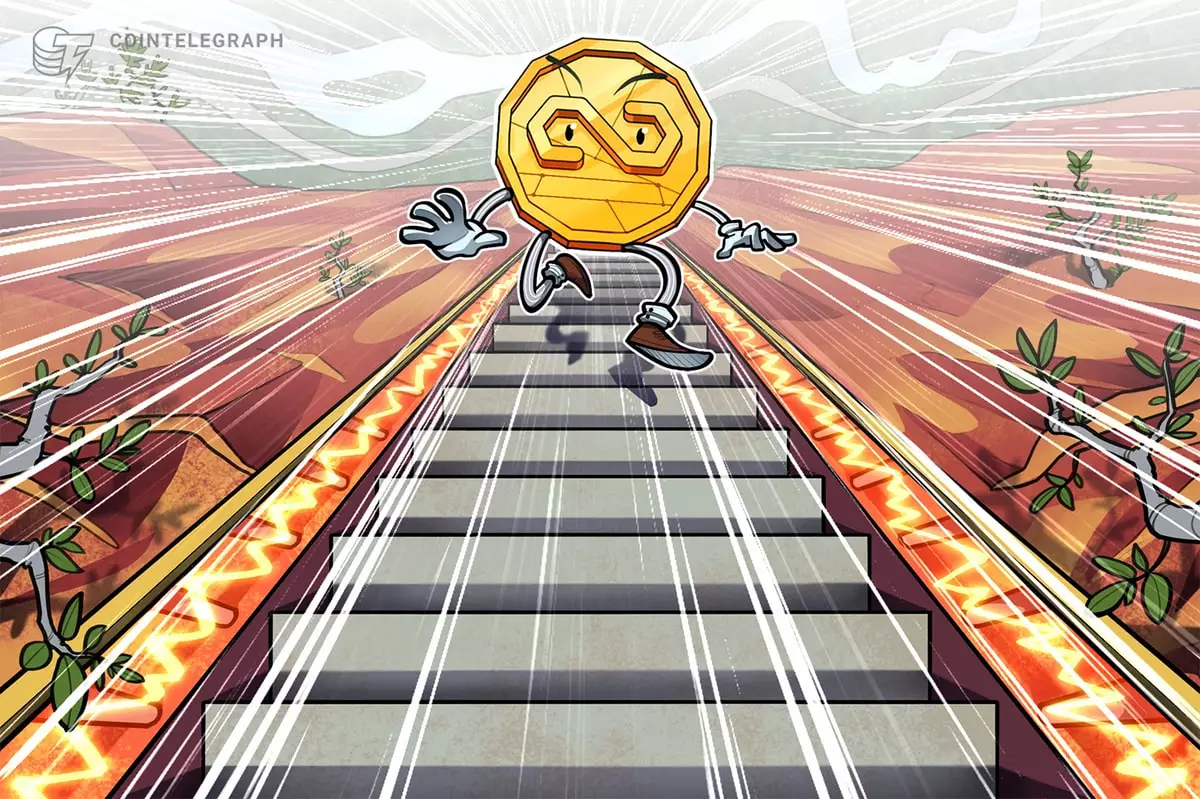The world of cryptocurrencies and decentralized finance (DeFi) has been shaken by the recent loss of value in the real estate-backed stablecoin USDR. The project team behind USDR, called Tangible protocol, aimed to tokenize housing and other real-world assets through their decentralized platform. However, a series of redemptions resulted in a draining of liquid assets, such as Dai (DAI), from the USDR treasury, causing it to lose its peg to the U.S. dollar.
On October 11, Tangible protocol took to Twitter to shed light on the situation. They revealed that a significant portion of liquid DAI from the USDR treasury was redeemed within a short period of time, leading to a rapid drawdown in the market cap of the stablecoin. The panic intensified as the lack of DAI for redemptions caused a rush of selling, driving the price of USDR as low as $0.5040 per coin.
While USDR did manage to recover slightly to around $0.53, the loss of nearly 50% of its value was a blow to the project. However, the developers behind USDR remain optimistic, promising to provide solutions to the problem. They reassured the community that the real estate and digital assets backing USDR still exist and will be used to support future redemptions. According to the official website, the project’s assets still outweigh the entire market cap of the coin.
Despite the setback, Tangible protocol claims that the USDR treasury remains backed by a diverse range of assets. The collateral backing USDR consists of 14.74% Tangible (TNGBL) tokens, which are part of the coin’s native ecosystem. The remaining 85.26% of the collateral is purportedly backed by real-world housing and an insurance fund. This claim aims to instill confidence in the stability and long-term viability of the stablecoin.
The loss of peg to the U.S. dollar is not an uncommon phenomenon among stablecoins, which are designed to maintain a consistent value, typically $1. Even major stablecoins like USDC and UST have experienced similar drops under extreme market conditions. For instance, on March 11, USDC fell to $0.885 per coin when several banks in the U.S. went bankrupt. However, it managed to regain its peg on March 14. On the other hand, Terra’s UST lost its peg in May and has yet to recover, with its value currently at $0.01 per coin.
The fall of USDR and its loss of peg to the U.S. dollar serve as a reminder of the inherent volatility and risks associated with stablecoins, even those backed by real estate and other tangible assets. While the developers of USDR have expressed their commitment to finding solutions and ensuring the liquidity of their project, the incident highlights the importance of robust risk management and sufficient liquidity measures in the DeFi space. As the tokenization of assets continues to reshape traditional markets, increased scrutiny and safeguards are necessary to maintain the trust and stability of stablecoins.


Leave a Reply